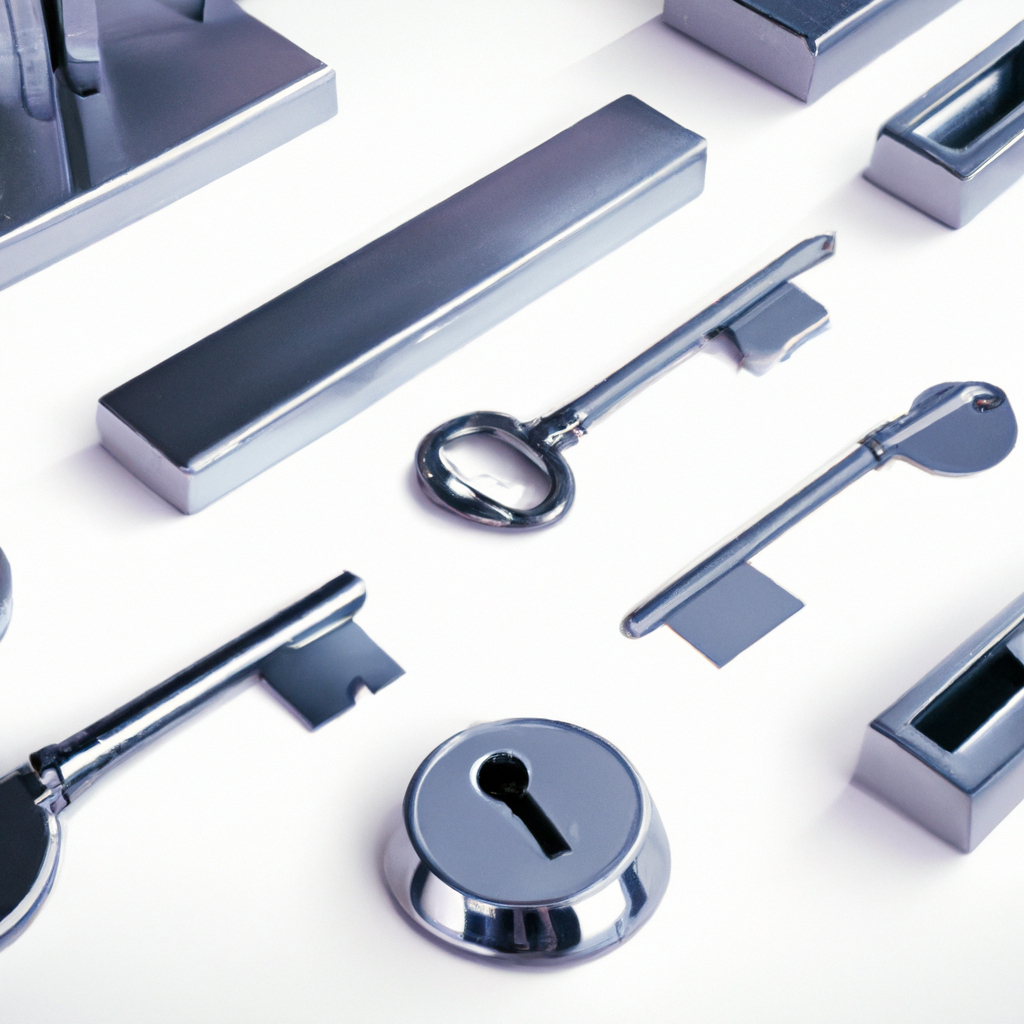Financial goals are an important part of life. Whether you want to save for retirement, buy a house, or pay off debt, having a plan to achieve your goals is essential. One of the most important tools for achieving financial goals is understanding how to use assets and liabilities.
Assets are items of value that you own. Examples of assets include cash, investments, real estate, and vehicles. Liabilities are debts or obligations that you owe. Examples of liabilities include credit card debt, student loans, and mortgages.
When it comes to achieving financial goals, it’s important to understand how to use assets and liabilities to your advantage. Here are some tips for using assets and liabilities to achieve financial goals:
1. Pay off high-interest debt. High-interest debt can be a major obstacle to achieving financial goals. Paying off high-interest debt should be a priority. Consider using assets such as cash or investments to pay off debt.
2. Invest in assets. Investing in assets such as stocks, bonds, and real estate can help you build wealth over time. Investing in assets can also help you diversify your portfolio and reduce risk.
3. Use liabilities to your advantage. Liabilities can be used to your advantage if you use them wisely. For example, you can use a low-interest loan to purchase a home or invest in a business.
4. Create an emergency fund. An emergency fund is an important part of any financial plan. Having an emergency fund can help you cover unexpected expenses and protect you from financial hardship.
5. Monitor your progress. It’s important to monitor your progress towards achieving your financial goals. Track your assets and liabilities and review your progress regularly.
Using assets and liabilities to achieve financial goals can be a powerful tool. By understanding how to use assets and liabilities to your advantage, you can create a plan to reach your financial goals.






Leave a Reply